Sustainability Trends
Sustainability has emerged as a pivotal driver in the Luxury Sanitary Ware Market. As consumers become more environmentally conscious, there is a growing demand for eco-friendly products that minimize environmental impact. This trend is prompting manufacturers to develop sanitary ware that incorporates sustainable materials and water-saving technologies. Recent statistics indicate that the market for sustainable luxury products is expanding, with a projected growth rate of 10% over the next five years. This shift towards sustainability not only aligns with consumer values but also enhances brand reputation. Companies that prioritize eco-friendly practices are likely to gain a competitive edge in the Luxury Sanitary Ware Market, appealing to a demographic that values both luxury and environmental responsibility. As sustainability continues to shape consumer choices, the industry must adapt to these changing preferences.
Rising Disposable Incomes
The Luxury Sanitary Ware Market appears to be significantly influenced by the rising disposable incomes of consumers. As individuals experience an increase in their financial capabilities, they tend to invest more in high-end products, including luxury sanitary ware. This trend is particularly evident in emerging economies, where a burgeoning middle class is eager to enhance their living spaces with premium fixtures. According to recent data, the luxury segment of the sanitary ware market has seen a growth rate of approximately 8% annually, driven by this demographic shift. Consumers are increasingly prioritizing quality and aesthetics, leading to a greater demand for designer bathroom products that reflect their lifestyle choices. This driver suggests that as disposable incomes continue to rise, the Luxury Sanitary Ware Market will likely expand further, catering to a more affluent clientele.
Technological Advancements
Technological advancements are playing a crucial role in shaping the Luxury Sanitary Ware Market. The integration of smart technology into sanitary ware products is becoming increasingly prevalent, offering consumers enhanced functionality and convenience. Features such as touchless faucets, smart toilets, and integrated lighting systems are gaining traction among luxury consumers who seek innovative solutions for their bathrooms. Market analysis suggests that the smart sanitary ware segment is expected to grow at a rate of 12% annually, driven by consumer interest in high-tech home solutions. This trend indicates that manufacturers must invest in research and development to create cutting-edge products that meet the demands of tech-savvy consumers. As technology continues to evolve, the Luxury Sanitary Ware Market is likely to see a surge in products that combine luxury with advanced features.
Customization and Personalization
Customization and personalization are increasingly becoming key drivers in the Luxury Sanitary Ware Market. Consumers are seeking products that reflect their individual tastes and preferences, leading to a rise in demand for bespoke sanitary ware solutions. This trend is particularly evident in high-end residential projects, where homeowners desire unique designs that cater to their specific needs. Market data suggests that the customization segment is growing rapidly, with a projected increase of 15% in the next few years. Manufacturers are responding by offering a wider range of customizable options, from materials and finishes to sizes and shapes. This focus on personalization not only enhances customer satisfaction but also fosters brand loyalty. As the Luxury Sanitary Ware Market evolves, the ability to provide tailored solutions will likely become a critical factor for success.
Growing Focus on Aesthetics and Design
In the Luxury Sanitary Ware Market, there is a pronounced emphasis on aesthetics and design. Consumers are increasingly seeking products that not only serve functional purposes but also enhance the overall visual appeal of their bathrooms. This trend is reflected in the rising popularity of designer sanitary ware, which combines innovative designs with high-quality materials. Market data indicates that the demand for aesthetically pleasing bathroom fixtures has surged, with a notable increase in sales of luxury products that feature unique designs and finishes. As homeowners and designers alike prioritize the creation of luxurious and visually striking spaces, the Luxury Sanitary Ware Market is likely to witness sustained growth. This focus on aesthetics suggests that manufacturers will need to continuously innovate and adapt their offerings to meet evolving consumer preferences.


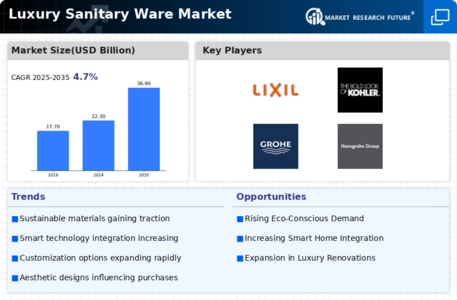
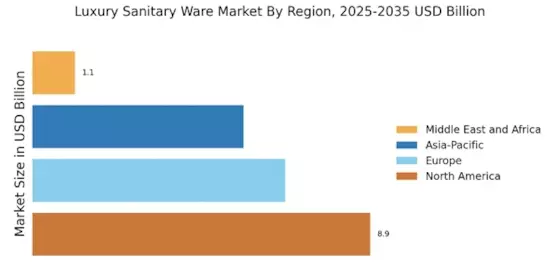
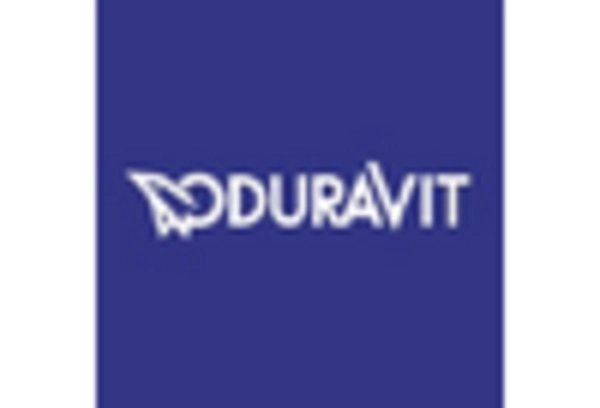
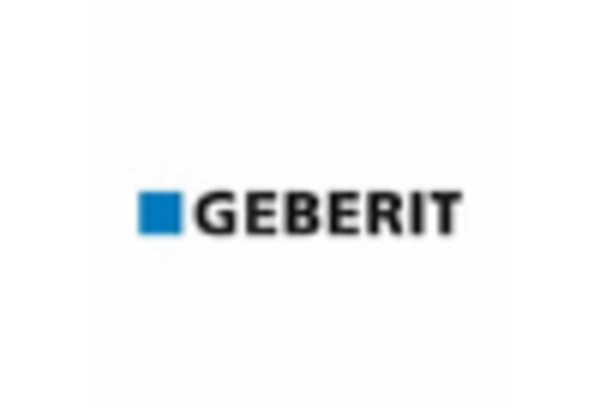
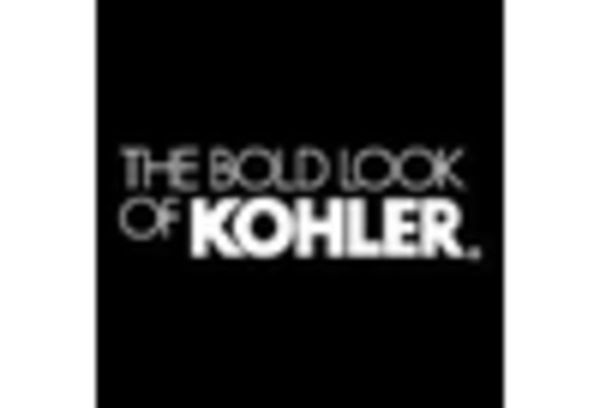

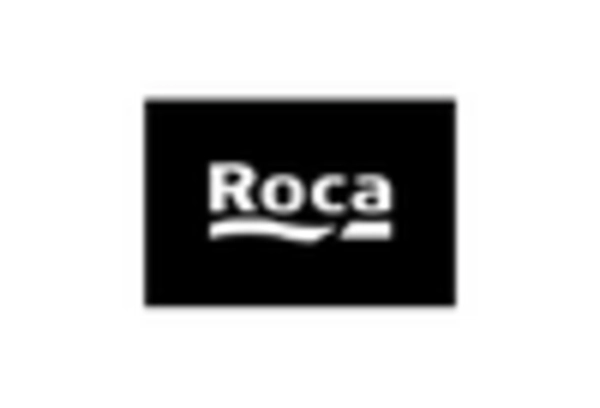
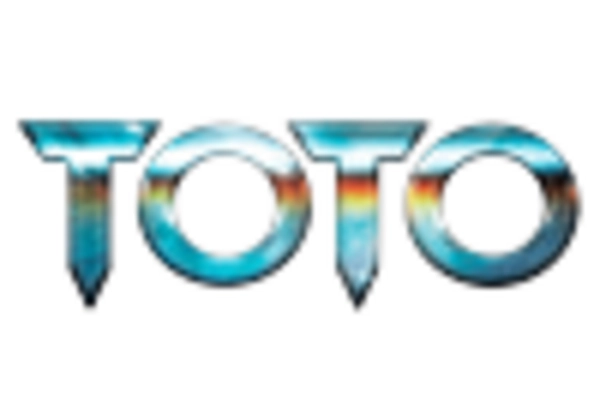








Leave a Comment